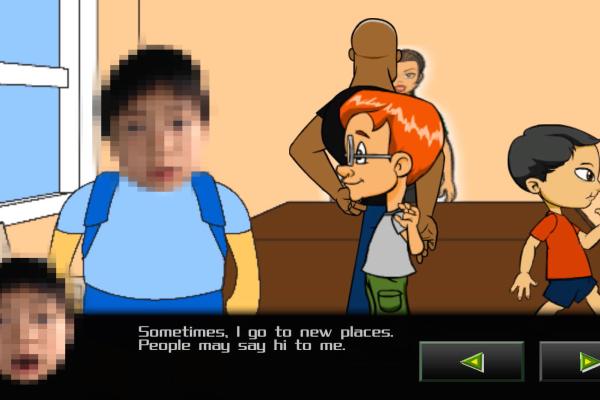Making Technology More User-friendly
When people think of psychologists, many envision a clinical setting, where the focus is on helping individuals with personal problems and relationships. But what about our problems and relationships with technology? For that, you need an engineering psychologist.
"That’s something that puzzles a lot of people: How do you put psychology together with engineering?" says Melody Carswell, a University of Kentucky professor of psychology and associate director of the UK Center for Visualization and Virtual Environments (Vis Center). "I think probably the most obvious way is to make sure that the technologies that they’re developing are user-centered or user-friendly. I’ll often test some of their prototypes and see how people respond to them and how they can be improved."
Like so many who grew up in the 1960s, Carswell was inspired by the space program. She began her research career in the field of aviation psychology.
"When it became very clear I wasn’t going to be an astronaut, I decided maybe I could study astronauts," Carswell says.
Aviation psychology developed into a more general area called human factors, which deals with how humans interact with all kinds of complex systems. A theme of Carswell's work is understanding how people select which technology to use, including technologies such as the kinds of next-generation displays being developed by researchers at the Vis Center.
"People have all these different kinds of displays — 3D displays, 2D displays, cross sections, animation, all sorts of things — and they’re not really sure how to use them effectively, " Carswell said. "So, in many cases people just stick with what they’ve seen before and don’t even make use of the new things."
Carswell has worked with topics as varied as laparoscopic surgery, emergency responders and robot welding. The research Carswell is working on influences how engineers build the technology that we use in our every day life.
Her team is working with Ruigang Yang, an associate professor in the UK Department of Computer Science whose research is in 3D reconstruction, modeling and visualization, on how to best design workstations for people who have to "teach" robots to do welding.
"We’re actually displaying the image on a mock piece of metal, so people can pretend that they’re right there with the robot even when they’re remote," Carswell said. "It's moving from being a very hands-on kind of occupation, to one where you’re monitoring not just one, but maybe multiple robots and, in fact, you’re training them. This means that you have to pay a lot more attention to details, you have to visually process a lot more things."
More from this series What's Next
Credits
Produced by the Vis Center Media Team.


